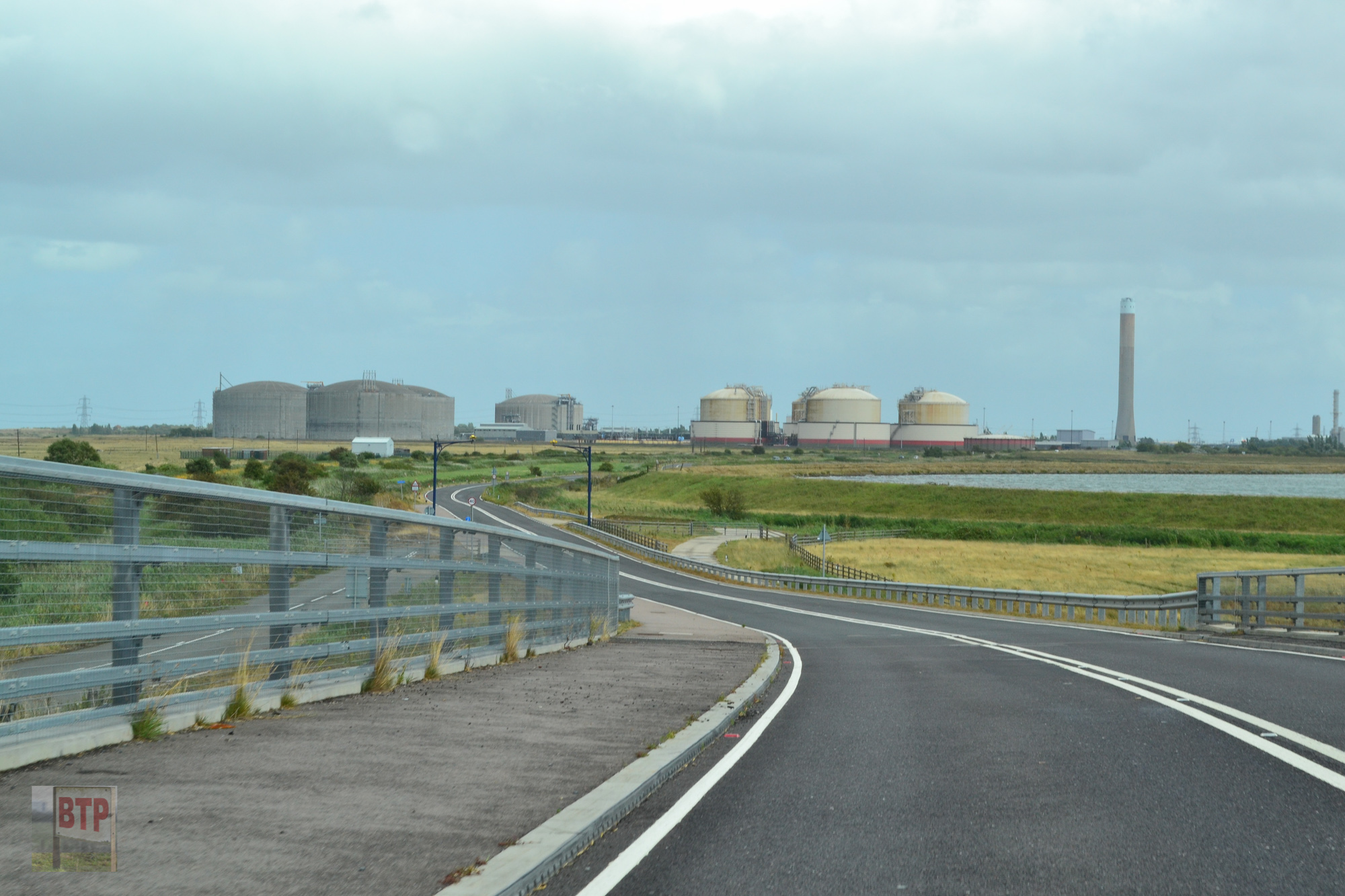It’s been apart of the Kent skyline for almost 40 years although in mid-2016 the time was up for this iconic structure when it demolished in a matter of seconds. Thousands of people watched as the demolition was streamed online, live from the BBC helicopter. At 11am on September 7th, experts detonated the 801ft chimney, creating some 40,000 tonnes of concrete rubble and stacks of dust and smoke. In a split second, the final controlled demolition marked the end of an era for the many people who worked at the sprawling plant, or who live in the local area.
Taller than 55 double-decker buses stacked on top of each other and more than double the height of Big Ben, the structure has been a prominent feature of the Medway skyline for more than 30 years, maiing this the highest concrete structure to ever be blown up in the UK. New EU regulations have seen the closure of many power plans across the UK, including Grain and others such as Tilbury.
Originally opened in 1979, Grain A, as it was known, was able to produce enough electricity to power more than one million homes. It closed in December 2012 with demolition beginning in April 2014, and so far there have been five demolition events to bring down the main infrastructure of the plant.
Bill Cliff, plant manager at Uniper’s Grain B Power Station, said: “I’m sure the demolition of the chimney will be an emotional day for the people who have worked at Grain A Power Station, and for those that have become fond of seeing the chimney as a prominent feature on the Medway skyline.”

The Demolition
Grain Power Station was built on a 250-acre site with construction starting before 1975 – it opened in 1979. The station had the second tallest chimney in the UK, at 244 metres (801 ft), with the tallest chimney at 259 metres at Drax Power Station. Grain was able to supply enough energy to supply roughly 2% of Britain’s peak electricity needs – generated by burning oil via steam turbines – two 690 megawatts (930,000 hp). The station was originally designed to have a total capacity of 3,300 megawatts from five sets of boiler/turbine combinations. The two remaining oil-fired generating units were mothballed by Powergen in 2002 and 2003, but almost immediately the company began to consider reopening the plant as electricity prices increased rapidly. It was operated by EON who also operated the nearby Kingsnorth coal-fired station, now also decommissioned.
The plant did not meet the emissions requirements and was required to close by 2015. In April 2014 the dismantling process at the site began, expected to take around 2 years to complete. By May 2015, three buildings on the site were destroyed and in August 2015 three of the five boiler houses were demolished by explosives. September 2016 saw the chimney crumble to the ground and a new record was set – officially the largest structure to ever be demolished in the UK, beating the New Brighton Tower which won the title almost 100 years ago.







